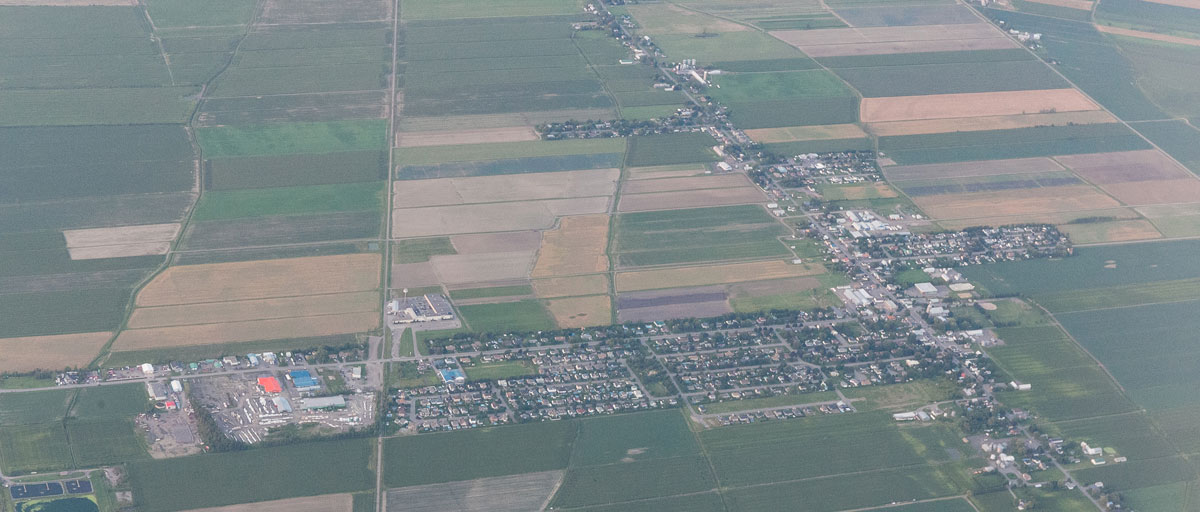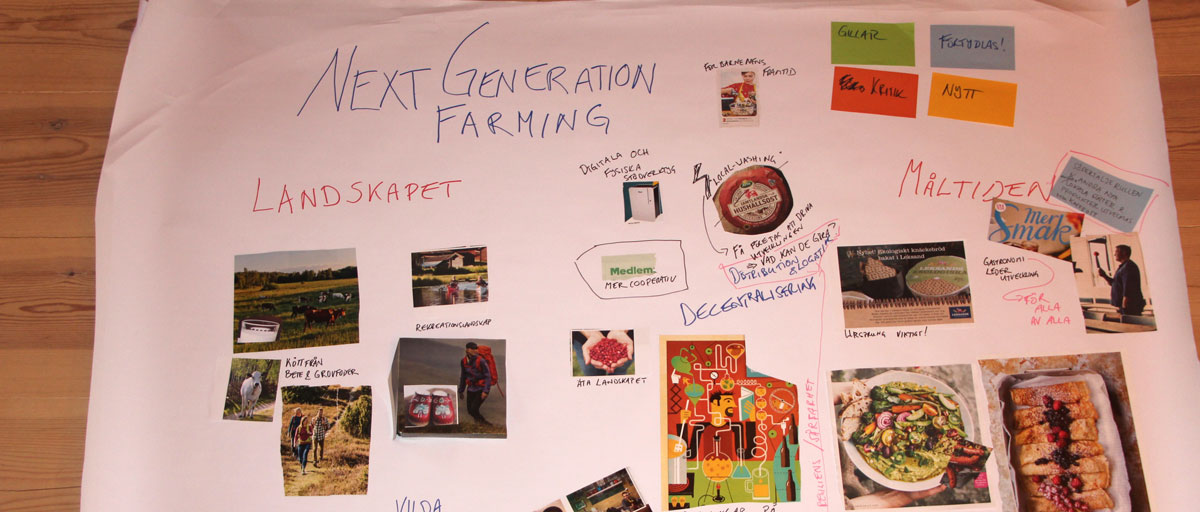SUSTAINABLE AGRICULTURE
How a single farm can align with both local and global sustainability targets

A study shows how a family-run farm can contribute to global food security with crops grown for human consumption, rather than production of more feed, or livestock. Diversity in products and relations can also buffer weather- and market-related shocks. Photo: E. Röös
New indicators help assess how a farm transitioning to sustainable agriculture contributes to global sustainability goals and resilience
- Study proposes new method to assess contribution to global sustainability at farm level, with indicators including food security, climate impact and farm resilience
- Results show that contribution to food security and reduced climate impact increases with crops grown for human consumption rather than feed, and that diversity in products and relations can buffer weather and market related shocks
- The case study farm made good progress on the indicators over a 5 year period
EVERY LITTLE HELPS: Today’s food systems place enormous pressures on our ecosystems. However, despite many local benefits, turning all conventional farms organic today with no changes to what they produce would leave us with enough food to feed only six billion people.
This is not enough.
So how can farms move beyond organic to become “sustainable farms of the future”, forming part of a sustainable global food system that can feed the world while safeguarding local environmental benefits?
From local to global
In a paper published in Global Food Security a team of international researchers led by Elin Röös from the Swedish University of Agricultural Sciences together with centre researchers Erik Andersson and Line Gordon propose a method to assess contribution to global sustainability at farm level.
Using a family-run farm located in the forest district of central Sweden as a case study, the study shows how the farm’s contribution to global food security increases with crops grown for human consumption, rather than production of more feed, or livestock, and that diversity in products and relations can buffer weather- and market-related shocks.
This assessment went beyond the local effects of the practices employed by a farm to examine the contribution of the farm to global food security.
Elin Röös, lead author
Improvements over five years
The study assessed whether the farm could increase global food security while maintaining or enhancing sustainability and resilience.
Specifically, it looked at:
- Contribution to food security in terms of total kcal and protein produced
- Environmental efficiency of the crops grown
- Farm-level resilience assessed primarily in terms of diversity (variety, balance and disparity), and connectivity (number and quality of interactions that the farmer have)
Over a five-year period (2015–2019), the Swedish farm improved on the food security and resilience indicators by increasing the number of persons fed per hectare, the diversity of products, and its connections, while producing food at greenhouse gas intensity similar to regional averages.
On the right path
However, it proved difficult to assess the sustainability and resilience of the farm in absolute terms.
The farm is not yet meeting the required global average for persons fed per hectare with sufficient per-capita climate efficiency.
Although longer timescales would be needed to draw conclusions, the assessment showed that the farm is on the right path, becoming more sustainable and resilient over time.
“This approach of including global food security aspects along with environmental efficiency and resilience in farm-level sustainability assessments provides a way for farmers to engage as globally responsible biosphere stewards,” conclude the authors.
Methodology
The farm is located in the forest district of central Sweden, which has relatively low productivity compared with the adjacent plains district. It is run as a family farm, under organic production since 1995. In 2016 the family changed from organic certified lamb production to becoming a ‘fully sustainable farm’.
The researchers assessed the environmental efficiency of food production on the farm by calculating the climate impact per kg for the major products produced in 2015-2019: wheat, oats, rye, peas and red meat (beef, lamb, pork) and comparing them to the climate impact of Swedish averages of corresponding products.
They used the comprehensive five-step framework developed by Meuwissen et al. (2019) for assessing resilience of farming systems.
Röös, E., Bajzelj, B., Weil, C., Andersson, E., Bossio, D. and Gordon, L.J., Moving beyond organic–A food system approach to assessing sustainable and resilient farming. Global Food Security, 28, p.100487. https://doi.org/10.1016/j.gfs.2020.100487








